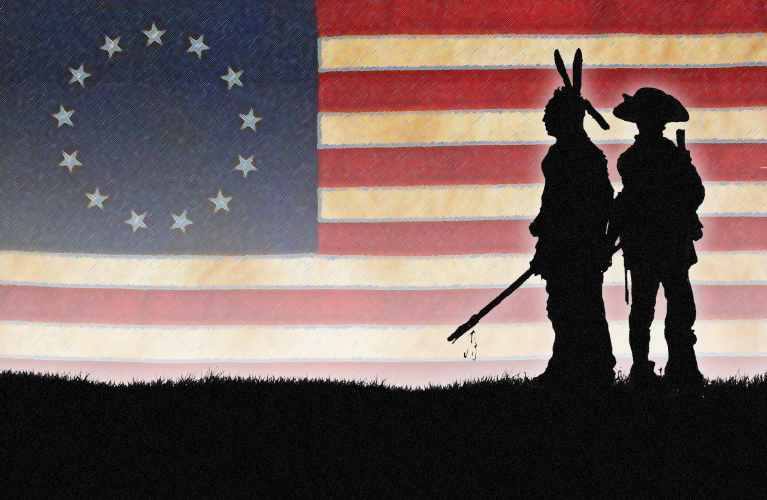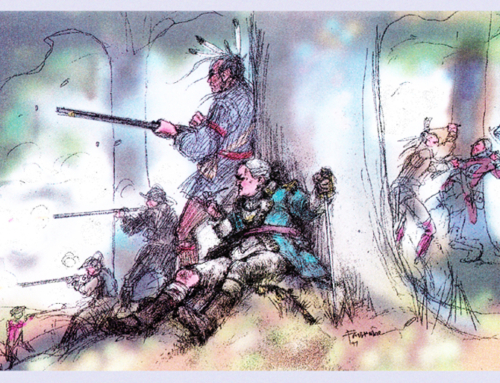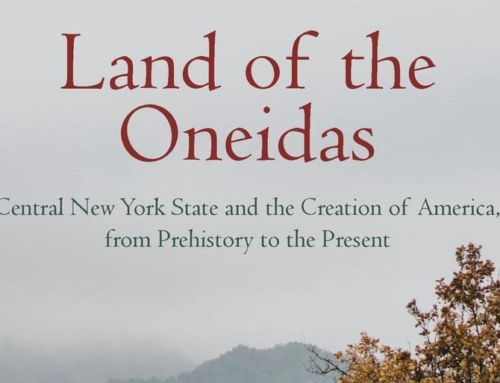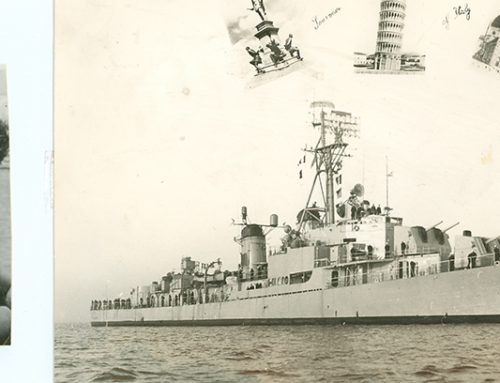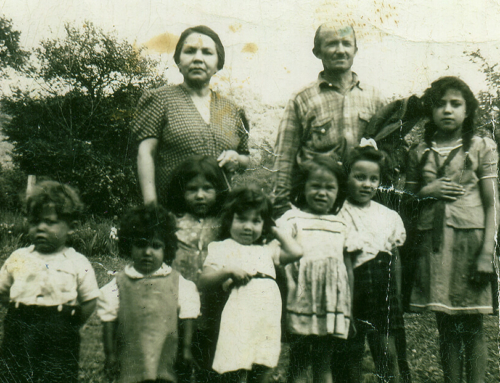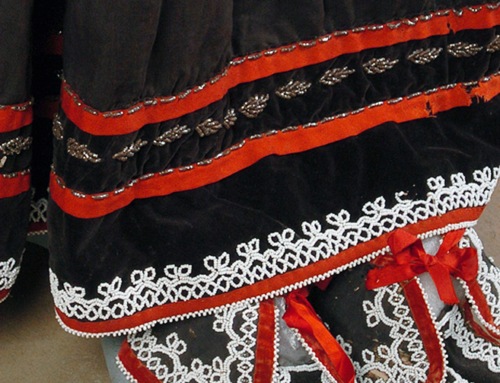Even before the American colonists planned to revolt against British rule, Oneidas consistently engaged with the newcomers’ system of governance. Many, like Conoquhieson, one of the title names for the hereditary Oneida sachems at the founding of the Haudenosaunee Confederacy, made crucial decisions that would impact the years ahead. Read about these other key Oneida figures from the pre-Revolutionary era.
When war became inevitable, the Oneidas had to make a decision because neutrality was no longer an option. Led by Chief Shenendoah, they chose to side with the colonists in their fight for freedom and independence – breaking from their Haudenosaunee brothers in sisters from the other Nations. Read more about other key figures during this time period and the impending impact of this historic decision.
Among the most notable veterans of the Revolutionary War, the Oneidas listed below have unique stories and oral histories that have been handed down for generations.
Chief Shenendoah – Ageless Leader
Chief Shenendoah was instrumental in the Oneidas’ choice to side with the colonists during the Revolutionary War and ranks high among the Nation’s most significant historical figures. Shenendoah was a hero of the War for Independence, wampum keeper of the Nation and the inaugurator of government-to-government agreements.
He was given the name of “the white man’s friend” by his fellow Indians. Shenendoah signed two treaties with the federal government. The first treaty, the Veteran’s Treaty, recognized the Oneidas’ sacrifices and their help during the Revolutionary War. The second was the 1794 Canandaigua Treaty which recognized Oneida sovereignty, land rights and tax freedoms.
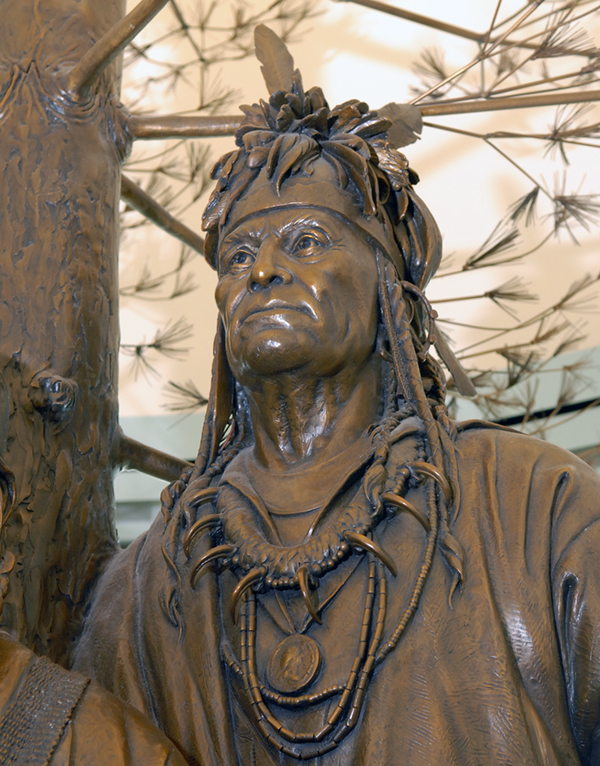
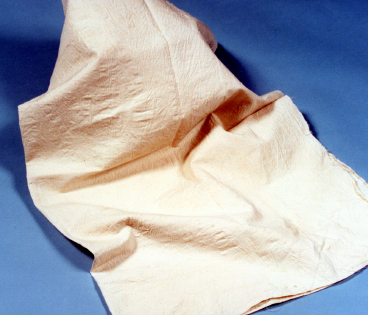
Annuity (treaty) cloth continues to be sent to the Oneida Indian Nation as stipulated by the 1794 Treaty of Canandaigua, the oldest valid treaty in the United States. In accordance with its terms, the United States deliver bolts of cloth – known as treaty cloth or annuity cloth — to the Oneida Indian Nation and its fellow members of the Haudenosaunee Confederacy.
Although the size of the disbursement has diminished since the 18th century, the symbolism of the cloth remains steadfast – the treaty is a living document, 18 years younger than the U.S. Constitution, but equally as valid and ageless.
Polly Cooper – Oneida Heroine
Polly Cooper was an Oneida woman who, according to Oneida oral tradition, walked more than 400 miles from her home in Central New York to Valley Forge in the cruel winter and early spring of 1777-78 to help feed Gen. George Washington’s starving troops.
She, along with several Oneidas, carried 600 barrels of corn to feed the troops. The corn they brought was white corn, which is quite different from the yellow version that is easier to prepare. By contrast, the white corn requires extended preparation before it can be eaten. The soldiers, however, were desperate for food when Polly Cooper and her fellow Oneidas arrived, and they tried to eat the corn uncooked. The Oneidas stopped the soldiers, knowing that if they ate the raw corn it would swell in their stomachs and kill them.
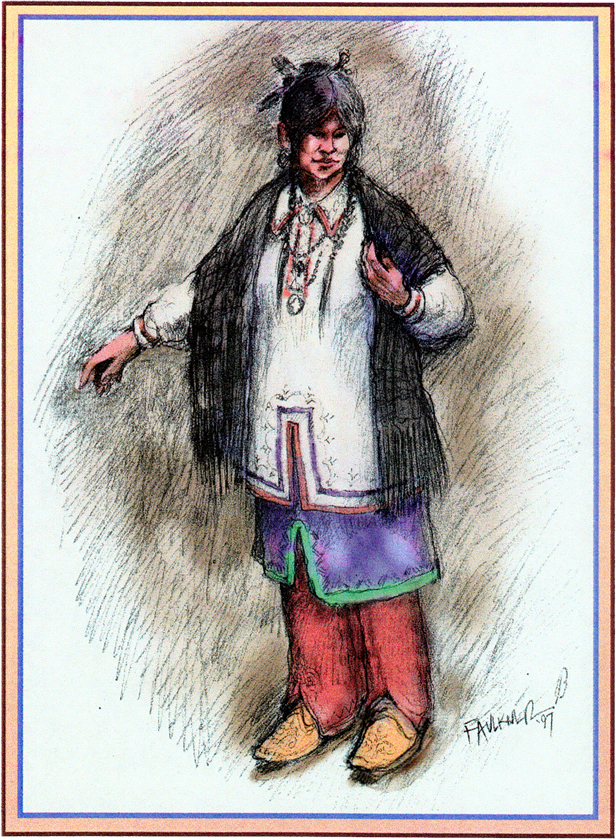
Polly Cooper taught the soldiers how to cook the white corn, taking them through the preparation process and the lengthy cooking time. She stayed on to continue helping the troops even after the other Oneidas departed for their homelands. After the war, the Colonial Army tried to pay Polly Cooper for her valiant service, but she refused any recompense, stating that it was her duty to help her friends in their time of need. However, she did accept a token of appreciation offered by Martha Washington — a shawl and bonnet. The shawl has been handed down by successive descendants of Polly Cooper.
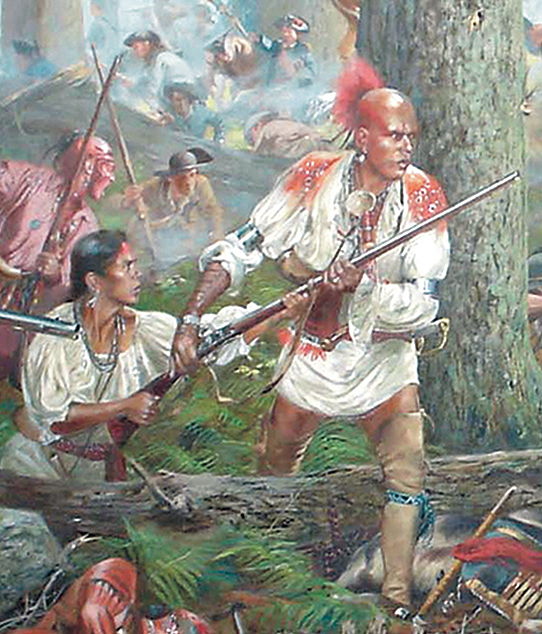
From “The Oneidas at the Battle of Oriskany,” by artist Don Troiani.
Hanyery Tewahangarahken – “He Who Takes Up the Snow Shoe”
Born in 1724, Han Yerry (or Hanyery) would eventually ascend to the position of chief warrior of the Wolf Clan. Even as a young man, he was noted for his “exceptional courage and coolness in combat.” Circa 1750, he married Tyonajanegen, also known as Two Kettles Together. The couple lived in Oriska as part of the founding Oneidas of that village, raising three sons (Peter, Jacob and Cornelius) and a daughter (Dolly).
Tyonajanegen – “Two Kettles Together”
Two Kettles Together, Han Yerry and their son Cornelius fought bravely at the Battle of Oriskany, Aug. 6, 1777. When a musket ball went through Han Yerry’s wrist, Two Kettles loaded his gun for him so he could continue fighting.


